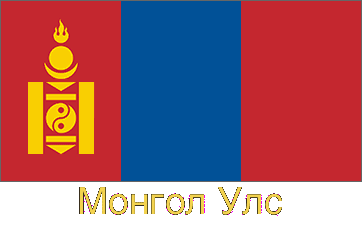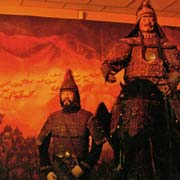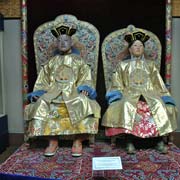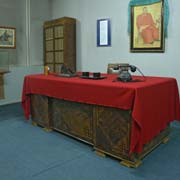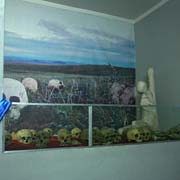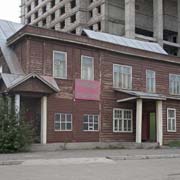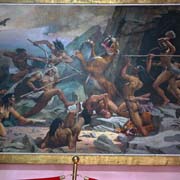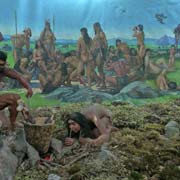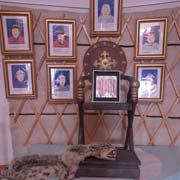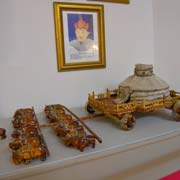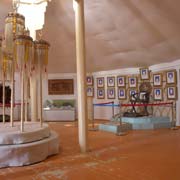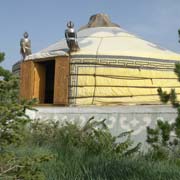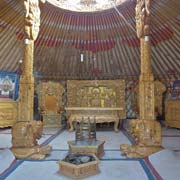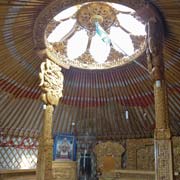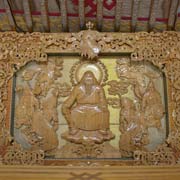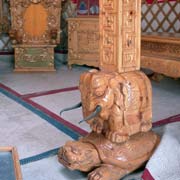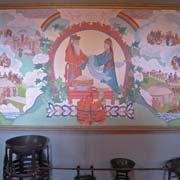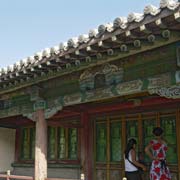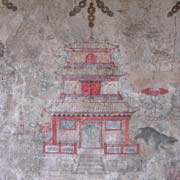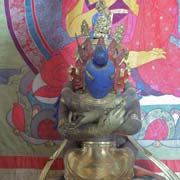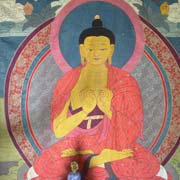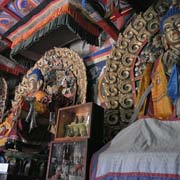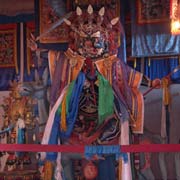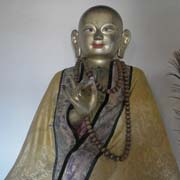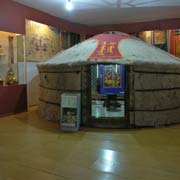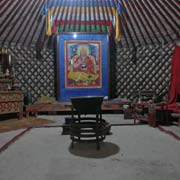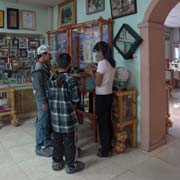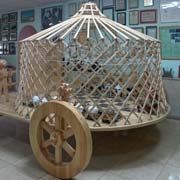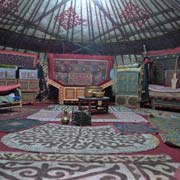Photos of Museums of Mongolia, Mongolia
Museums of Mongolia
Mongolia has some beautiful museums that give an excellent insight into the country’s history, people and traditions. For example, in Ulaanbaatar, the National Museum of Mongolia is superb, with exhibitions from the Stone Age via Genghis Khan, the Communist days to the Democratic Revolution of 1990, plus costumes of all Mongolia’s ethnic groups.
you may then send it as a postcard if you wish.
The Museum of Natural History has complete dinosaur skeletons and eggs found in Bayanzag, in the Southern Gobi. The “Memorial Museum for Victims of Political Repression” in the house of Peljidiin Genden, a Prime Minister who was executed in 1937 in Moscow by the KGB for refusing Stalin’s orders to exterminate the Buddhist clergy, shows what it was like in those dreadful days.
The provincial capitals all have their “Aimag Museums” with exhibitions of items specific to the area. The Ethnography Museum in Öndörkhaan, Khentii province, is housed in the 18th century home of the Tsetsen Khaan, a Mongol prince. He governed most of eastern Mongolia during the Manchu reign. On the grounds is a beautiful ceremonial ger with wonderfully carved wood furnishings and displays celebrating the glory days of the Mongol Empire.
Erdene Zuu monastery in Kharkhorin, Övörkhangai province, was built adjacent to the site of Karakorum, the Mongol capital, which started in the time of Genghis Khan. All its temples, except three, were destroyed in the late 1930s. The three temples were turned into museums and now display a wealth of Buddhist art. There are vivid wall paintings, thangka’s (silk paintings) and statues of different incarnations of the Buddha, Dharmapala protecting deities and Öndör Gegeen Zanabazar, “High Saint c”; 1635–1723) at Erdene Zuu Monastery. Zanabazar was the first Jebtsundamba Khutuktu, the spiritual head of Tibetan Buddhism for the Khalkha in Outer Mongolia.


